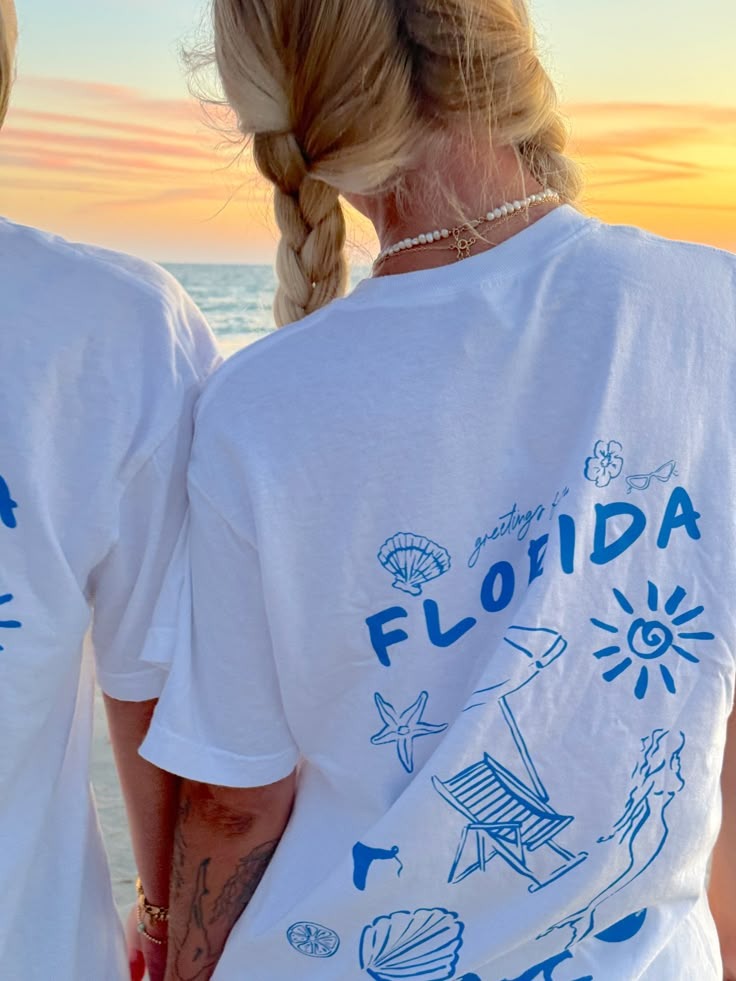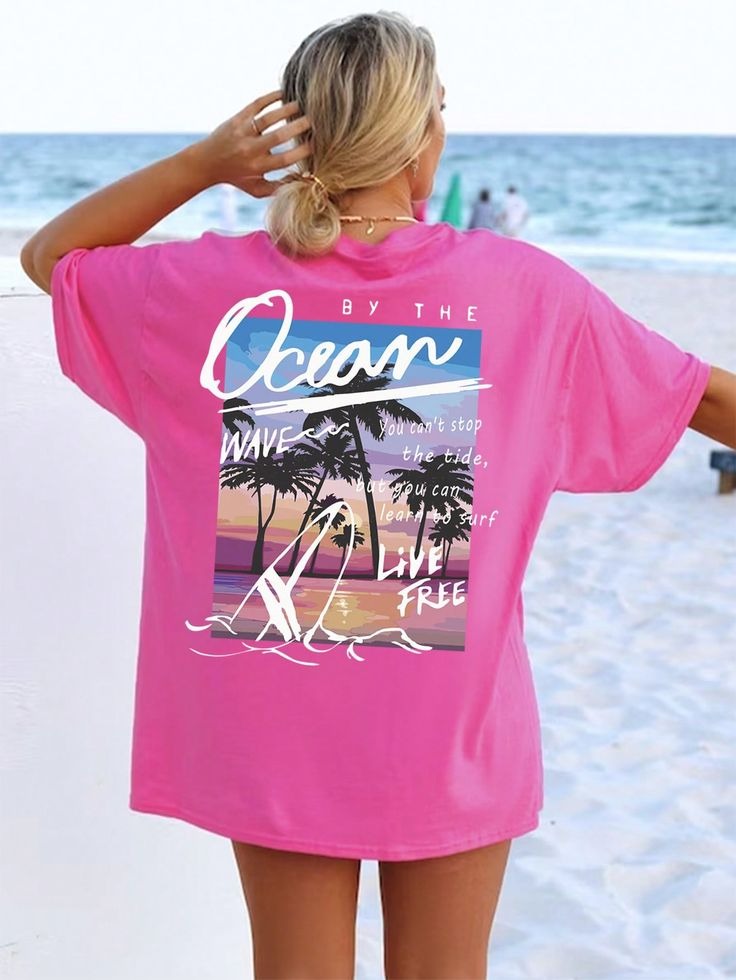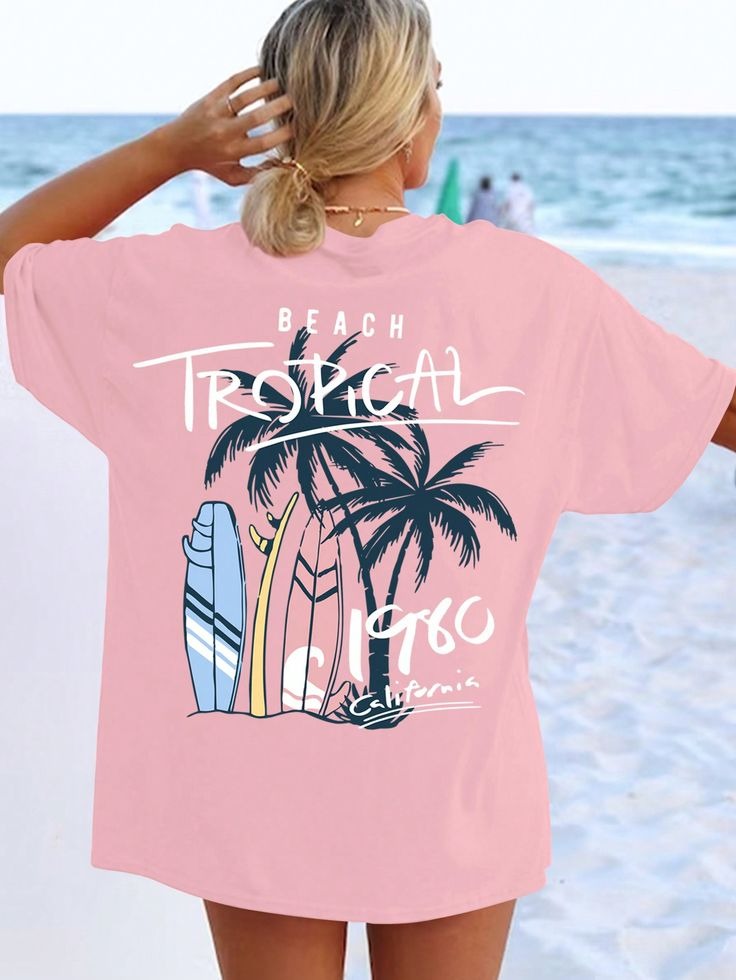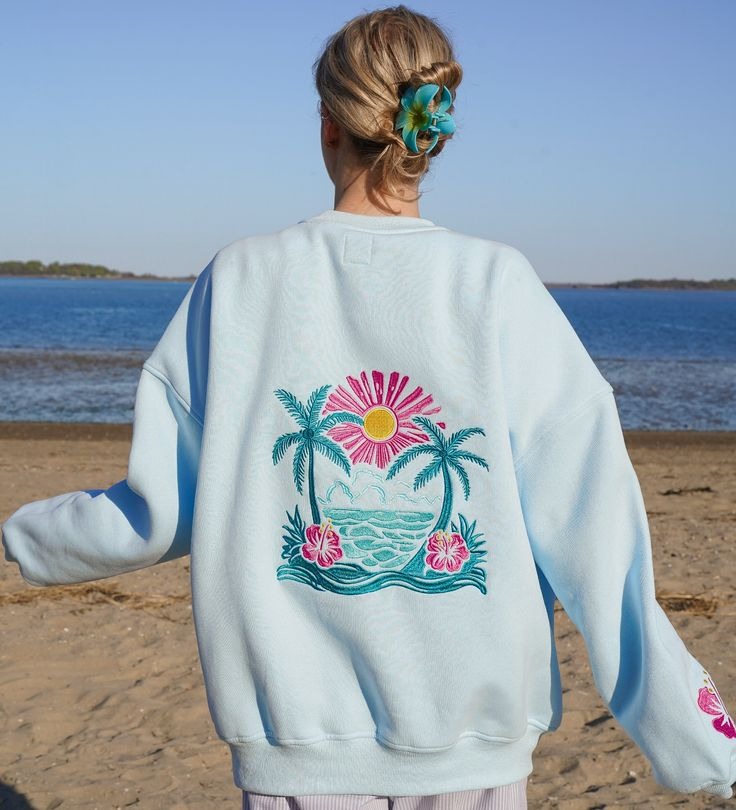No products in the cart.: 0,00$
T-Shirts: An Ever-Deepening Tapestry of Fabric, Function, and Philosophy

T-Shirts: An Ever-Deepening Tapestry of Fabric, Function, and Philosophy
Introduction
Few garments have woven themselves so thoroughly into the fabric of human experience as the T-shirt. Born of necessity, refined through industrial ingenuity, and elevated by the touch of artists and activists, it remains both a personal staple and a global symbol. Beneath its unassuming surface lies a story of labor and leisure, of scientific breakthroughs and soulful expression, of environmental reckoning and visionary possibility. In this expansive exploration, we plunge deeper into the T-shirt’s past and present, excavate untold narratives of production and protest, trace the subtle engineering of comfort and fit, and peer ahead into a horizon where biology, technology, and consciousness entwine within a single knit.
Historical Foundations and the Shaping of Casual Culture
The ancestry of the T-shirt stretches back to the mid-1800s, when naval dockworkers and manual laborers in Europe sought alternatives to the multilayered cotton and linen shirts that dominated men’s wardrobes. Early one-piece knit garments, crafted on hand-operated flatbed machines, offered lightness and flexibility, though their loose structure sometimes unraveled in the rigors of heavy work. By the turn of the twentieth century, the United States Navy had standardized a thick, white cotton jersey undershirt as issue, prized for its ease of laundering and rapid drying aboard cramped vessels.
These humble beginnings remained largely hidden beneath uniforms until the tumult of the Second World War rewrote social dress codes. In the tropical theaters of the Pacific and North Africa, soldiers discovered that their regulation knit undershirts provided indispensable relief from sweltering heat and humid nights. When the war ended and veterans returned to civilian life, they gravitated toward leisurewear that echoed the comfort of military fatigue. Their wives and girlfriends stitched new hems, repurposed surplus fabric, and even hand-screened simple logos onto plain white shirts for home gatherings. The influence of Hollywood arrived simultaneously: Marlon Brando’s rumpled cotton shirt in “A Streetcar Named Desire” and James Dean’s lean silhouette in “Rebel Without a Cause” transformed the plain tee into an icon of youthful rebellion. Suddenly, a garment designed for service members and laborers became the uniform of a burgeoning casual culture.
Materials, Manufacturing, and the Science of Comfort
The T-shirt’s material evolution is a chronicle of textile science meeting consumer demand. Early military issue shirts employed single-jersey cotton knits that, while breathable, suffered from shrinkage and distortion. The postwar era ushered in ring-spun cotton—the twisting and thinning of fibers before knitting produced yarns that were stronger, smoother, and less prone to pilling. As suburban fitness culture gained steam in the 1970s, textile engineers introduced blends of cotton with polyester, nylon, and later spandex, enabling moisture wicking, rapid drying, and stretch recovery. These performance enhancements migrated from athletic fields into everyday wardrobes as consumers embraced the comfort and durability they offered.
In the past two decades, the quest for both comfort and sustainability has spurred further innovation. Microfiber yarns, engineered at sub-denier scales, deliver exceptional moisture management and rapid evaporation rates, yet feel lightweight and soft against skin. Natural cellulosic fibers such as lyocell, modal, and bamboo viscose combine breathability with antimicrobial properties, though their production demands careful management of solvents and processing chemicals. Meanwhile, recycled polyester—harvested from post-consumer plastic bottles—has become a mainstay of eco-conscious blends, diverting millions of tons of waste from landfills.
Beyond fibers, the manufacturing processes themselves have undergone a revolution. Three-dimensional knitting machines produce entire T-shirts to shape, eliminating cut-and-sew waste and reducing labor inputs. Waterless dyeing technologies use supercritical carbon dioxide to infuse dyes into fibers without water, slashing consumption by up to ninety percent. Digital direct-to-garment printing replaces chemical-intensive screen processes, allowing full-color, high-resolution graphics to be laid down on demand without elaborate screens or cleanup procedures. In this way, T-shirt production has become a proving ground for low-waste methods and just-in-time manufacturing, signaling a shift away from mass inventory toward agile customization.
Cultural Resonance: The T-Shirt as Living Canvas
The T-shirt’s cultural potency derives from its ubiquity, its accessibility, and its ready surface for communication. In the 1960s and 1970s, anti–Vietnam War protesters, civil rights marchers, and environmental activists emblazoned slogans and graphics onto plain shirts as tools of mass solidarity. At freeform music festivals and demonstration sites, screen-printed and hand-stenciled tees broadcast messages of dissent, unity, and hope. Because the cost of production was low and the barrier to entry minimal, even small grassroots organizations could outfit their supporters with wearable banners, forging collective identities through cloth.
Parallel to activism, commercial brands capitalized on this expressive potential. By the 1980s, high-end fashion houses incorporated logo-centric T-shirts into their collections, redefining the plain shirt as a marker of status rather than anonymity. At the same time, streetwear pioneers in New York, Tokyo, and London collaborated with graffiti artists, skateboarders, and musicians to launch limited-edition runs that sold out in minutes. These capsule collections blurred the lines between underground subculture and high fashion, elevating the T-shirt into a collectible commodity. Today, secondary markets for rare artist collaborations and vintage band tees thrive online, with collectors bidding hundreds or even thousands of dollars for a single shirt carrying historic significance.
As digital culture has matured, the T-shirt has entered the virtual realm. Gamers outfit their avatars in branded tees, while social media influencers monetize personal merch lines. Augmented reality filters allow users to “wear” digital T-shirts in video posts, previewing designs before purchase. These virtual iterations underscore the medium’s malleability: the shirt serves as a canvas not only for ink and thread but also for pixels and code.
Stylistic Diversity and the Alchemy of Design
Though the classic crew neck remains the T-shirt’s cornerstone, designers continually explore new shapes, proportions, and embellishments. Necklines shift from deep Vs to wide boats, from keyhole cutouts to asymmetric slashes. Sleeve variations range from micro-cut cap sleeves to elongated elbow grazers, each altering the shirt’s rhythm against the arms. Hemlines curve into tunic lengths, crop above the waist, or dip into high-low asymmetry, enabling styling that flows from tailored business looks to free-spirited beach vibes.
Surface design magnifies these variations. Tie-dye techniques return in spirals of saturated hue, recalling handcrafted DIY processes as much as industrial batch methods. All-over prints wrap full photographic landscapes or abstract art across torsos, made possible by digital roll-to-roll presses. Embroidery, appliqué, and laser-cut overlays lend depth and texture, while metallic foils and reflective inks play with light and movement. Even the simplest tonal details—an embroidered logo in matching thread or a subtle embossed hem band—can transform a shirt from generic to distinctly branded. Collaborations between established fashion houses and avant-garde artists yield crowd-anticipation worthy “drops,” each limited run generating cultural buzz that ripples through social media and streetstyle blogs.
Economic Ecosystem: Production, Consumption, and Secondary Markets
The global T-shirt economy spans extremes of price and purpose. Fast-fashion giants produce economies of scale, assigning unit costs so low that consumers rarely hesitate at checkout, but the environmental and social toll often remains hidden. Conversely, luxury designers command premium prices for artisanal T-shirts—hand-painted, intricately printed, or embellished with couture-level beading—speaking to exclusivity and craftsmanship.
Between these poles lies a growing realm of ethical and sustainable midmarket brands. These companies emphasize transparent supply chains, small-batch runs, and fair labor practices, often at price points that reflect true costs rather than artificially suppressed overheads. Subscription services and rental platforms emerge alongside repair-and-renew programs, inviting consumers to view the T-shirt less as a disposable commodity and more as a finite resource to steward.
The resale and collector markets form a third axis of economic activity. Vintage concert tees from seminal performances command high bids; limited-edition streetwear collabs generate digital waiting rooms and queue systems; auction houses list rare artist-signed shirts alongside fine art. In every case, the T-shirt transcends its functional origins to carry historical, cultural, and even investment value.
Ethical and Environmental Imperatives: Reckoning and Reform
Beneath the T-shirt’s cultural ubiquity lurks a profound environmental footprint. Conventional cotton farming in water-stressed regions can demand over twenty thousand liters of water per kilogram of fiber, while synthetic pesticides and fertilizers degrade soil and waterways. Dyeing operations have historically released toxic effluents loaded with heavy metals and carcinogens, poisoning rivers and communities. After a few wear cycles, inexpensive tees often find their way to landfill or informal recycling streams in developing nations, where inadequate infrastructure offers little capacity for proper treatment.
Labor conditions present equally pressing concerns. Garment workers—predominantly women in countries with limited labor protections—often endure long hours, hazardous work environments, and wages below living thresholds. High-profile factory disasters have shone global spotlights on these systemic injustices, prompting calls for accountability.
In response, a mosaic of solutions is emerging. Regenerative agriculture techniques for cotton prioritize soil health, cover cropping, and biodiversity, reducing water needs and sequestering carbon. Closed-loop recycling systems mechanically or chemically convert post-consumer textiles into new fibers, while innovative fiber blends incorporate waste streams from food processing (think pineapple leaf or coffee grounds) into yarn. Waterless dyeing and digital printing minimize chemical and water use. Brands partner with third-party auditors and blockchain traceability platforms to open windows onto every stage of production, empowering consumers with choice and transparency. Worker-driven safety programs, living wage initiatives, and co-op factory models strive to rebalance power dynamics and restore dignity to those who make our clothes.
Styling and Wardrobe Integration: The Art of Everyday Translation
The T-shirt’s brilliance resides in its chameleon-like ability to inhabit any wardrobe context. A finely tailored crew-neck in mercerized cotton elevates casual suiting, anchoring a blazer with easygoing polish. A drapey modal boat-neck drifts beneath an open linen shirt, conjuring island breezes. High-contrast graphic tees cut through monochrome ensembles, while tonal embroidered insignias whisper rather than shout.
Seasonal interplay underscores this versatility. In spring and autumn, a lightweight long-sleeve tee functions as a breathable base layer beneath jackets or knitwear. In summer heat, oversized cotton-linen blends breathe freely, tucked or untucked for either tailored ease or bohemian flair. In winter, a merino-blend T-shirt wicks moisture and traps warmth, offering a comfortable interface against skin. Accessories—textured scarves, minimalist jewelry, sculptural belts—transform each outfit without wrestling away the T-shirt’s innate simplicity.
Footwear choices shift the tone: sleek leather loafers calibrate sophistication, chunky utility boots dial up rugged edge, and retro sneakers evoke streetwise nostalgia. Hair, makeup, and even nail color become extensions of the T-shirt’s palette when coordinated thoughtfully, uniting head-to-toe coherence or purposeful dissonance.
Care, Repair, and Upcycling: Cultivating Longevity
Guarding a T-shirt’s life demands more than occasional spot cleaning. Washing inside-out in cold water and using gentle, eco-certified detergents preserve both fibers and prints. Line-drying or short, low-heat tumble cycles mitigate shrinkage and reduce energy consumption. Ironing inside-out and following fiber-specific temperature guidelines safeguard delicate embellishments.
When wear shows—frayed hems, small holes, seam stress—repair offers a sustainable antidote to disposal. Invisible mending restores integrity to beloved staples, while visible darning and embroidered patches transform flaws into focal points. Community repair cafes, upcycling workshops, and online tutorials democratize these skills, empowering individuals to extend garment lifecycles. Creative upcycling projects reimagine retired T-shirts as quilts, tote bags, cushion covers, or even sculptural wall hangings, anchoring personal stories in new functional forms.
Future Horizons: Smart Textiles, Circularity, and Converging Realities
Glancing forward, the T-shirt stands at the nexus of biology, materials science, and digital realms. Conductive yarns woven into knit structures already monitor biometric signals—heart rate, respiration, stress indicators—streaming data to health apps. Phase-change materials and shape-memory polymers adapt ventilation and insulation on the fly, offering dynamic thermoregulation without layering. Emerging augmented-reality garments project interactive graphics visible through smart glasses, merging physical fashion with digital content.
On the production side, on-demand knitting kiosks promise zero-inventory customization, fabricating personalized shirts in minutes within retail environments. Biofabrication techniques may soon yield lab-grown cellulose or protein-based fibers that rival cotton’s properties while shrinking ecological footprints. Carbon capture polymers could convert captured CO₂ into structural yarns, turning one greenhouse gas into thousands of square meters of fabric.
Parallel advances in supply-chain orchestration—powered by AI forecasting, blockchain traceability, and distributed microfactories—envision a circular ecosystem where raw materials, production, use, repair, and recycling loop seamlessly. In this scenario, every T-shirt carries a digital passport tracking its journey from seed to shirt to re-fiber, ensuring that environmental impact and labor practices remain visible and accountable.
Conclusion
The T-shirt’s story is perpetually unfinished, a tapestry continually rewoven by artisans and engineers, by protestors and performers, by conscious consumers and corporate innovators. It remains a testament to human ingenuity: a simple garment whose every fiber carries a wealth of history, technology, and aspiration. In its threads, we encounter labor struggles and leisure revolutions, scientific ingenuity and creative expression, environmental dilemmas and hopeful solutions. As we step forward into a future of smart fabrics and circular economies, the T-shirt invites us to reflect on our role as custodians of both style and stewardship, reminding us that even the most ordinary object can become an extraordinary catalyst for change.




